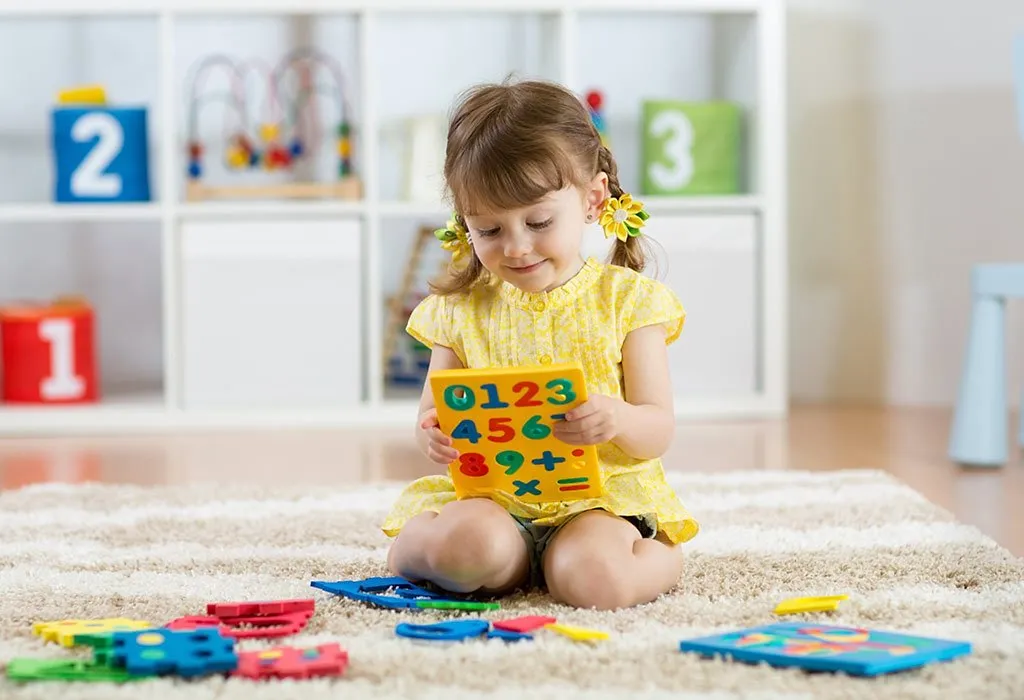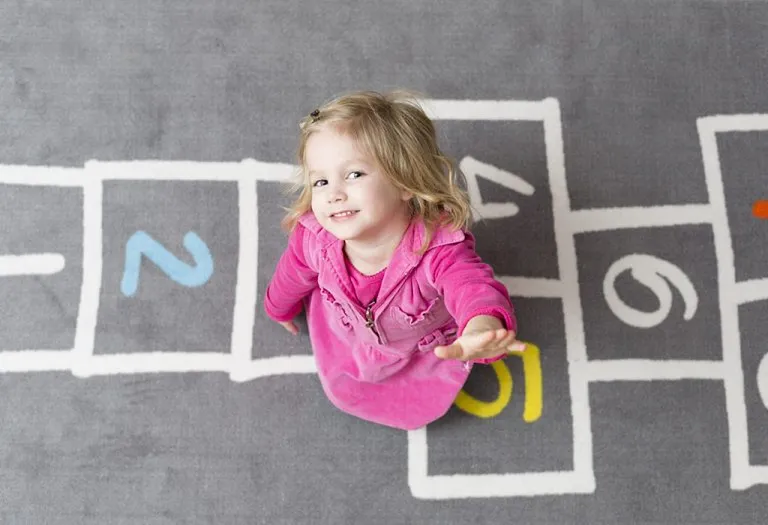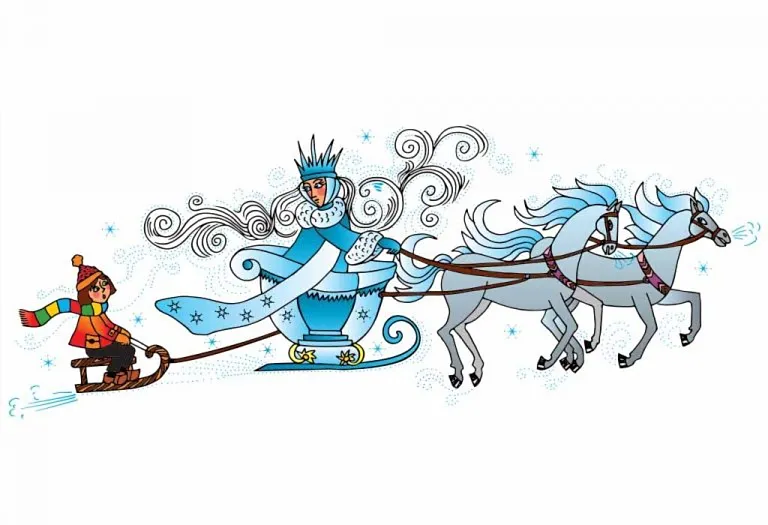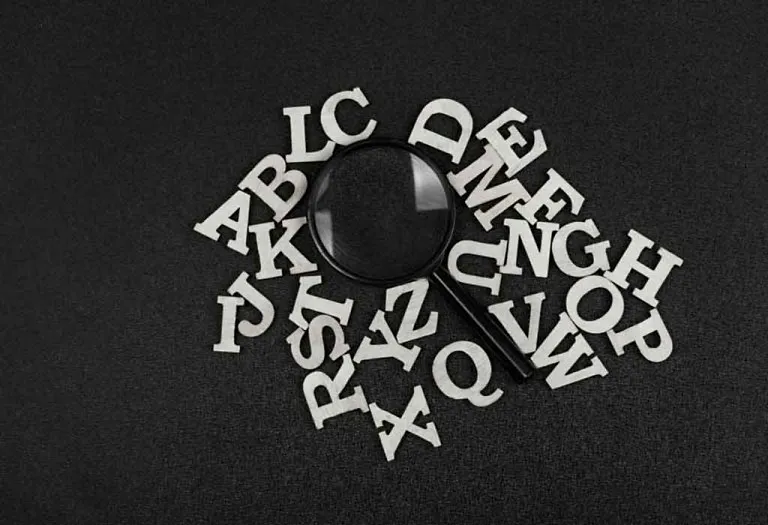When and How to Teach Numbers to Kindergarteners?
- When to Teach Numbers to a Child?
- How to Teach Numbers to Preschoolers?
- Things to Keep in Mind While Teaching Numbers to Preschoolers
- FAQs
Developing a solid foundation in numerical comprehension lays the groundwork for advanced mathematical understanding. From an early age, infants are exposed to fundamental mathematical concepts like discerning quantities and recognizing patterns. As children progress into preschool, fostering an engaging and interactive learning environment becomes crucial. Incorporating playful activities and educational games can make the learning experience enjoyable, helping children grasp numerical concepts effortlessly. By integrating real-life examples and relatable scenarios, educators and parents can further enhance a child’s numerical literacy, ensuring a seamless transition into more complex mathematical concepts in the later stages of their academic journey. Let’s delve into all about teaching numbers to preschoolers
Teaching numbers to children is simple. Parents can motivate them to relate numbers with activities they perform on a daily basis. However, they will only begin to truly comprehend the meaning of numbers until they are around five years old.
When to Teach Numbers to a Child?
It is a great idea to start introducing numbers to your child after she turns one. You can start with number rhymes, like ‘One, Two, Buckle My Shoe’, ‘Ten Green Bottles,’ or 1,2,3,4,5, Once I caught a fish alive’. You can also point out simple objects or things they encounter in their daily lives, such as one apple, two dogs, three chocolates, and so on. You can make learning numbers playful and enjoyable for your child.
How to Teach Numbers to Preschoolers?
Here are some tips that will help you teach numbers to preschoolers:
1. Teach Counting With Number Rhymes
Using rhymes and songs is a fun way of learning numbers for kindergartners. You can use number songs and rhymes like ‘10 Little Monkeys Jumping on the Bed’, ‘This Old Man – He played One’, ‘The Ants Are Marching One by One Hurrah,’ etc. to teach kids about numbers in an immensely enjoyable manner. Show the numbers on your fingers as you sing together with your child so that the child knows that a particular number relates to that many fingers.
2. Incorporate Numbers Into Daily Tasks

Use numbers in daily tasks that your child does with you. For example, ask your child to help set the table and place one fork or two spoons with each plate. You could also get her to count peas or apples, thus connecting numbers with quantities. Another idea is that you can encourage her to count her toys as they help you put them away after playing.
3. Play Number Games With a Group of Kids
Kids learn better when they are playing with each other. You can encourage some healthy competition in the group to motivate them, too. Get them to sit in a circle and take turns counting numbers.
4. Write Down Numbers and Make the Child Draw That Quantity

Write down numbers in a drawing book and have your child draw something that denotes that quantity. For example, write 3 and ask her to draw three flowers. For 4, you could ask the child to draw four ice cream cones. You can also do the opposite of this by drawing several quantities of an object and asking your child to count them and tell you the number.
5. Point Out Numbers on Ad Boards and Vehicles
This is one of the simplest ways of introducing numbers to preschoolers. When you go out with your child, you can point out numbers on ad boards or vehicles and thus help her recognise the numbers by sight. This will be helpful later on when your child begins writing numbers.
6. Teach the Order of Numbers With Connect the Dots

This game teaches kids the order of numbers. Use a chalkboard to form a shape with numbered dots. Next, help your child connect the dots to draw that shape. For example, you could use 8 dots to make an octagon shape and help your child draw an octagon. You can also buy connect-the-dots books, which have numerous drawings outlined by numbered dots. These dots need to be connected sequentially to draw the shape. Once the shape is drawn, let your child colour the shape to make the game more fun.
7. Count Fingers and Toes
Counting fingers and toes is a great way to introduce pre-schoolers to numbers. You could make them count the fingers on each hand and ask them to compare the number of fingers on each hand. You can also ask them how many big toes they have or how many little fingers they have.
8. Make and Use Flashcards

Make flashcards with numbers zero to nine and use these to play various number games with your child. For example, you could place the numbers in a random order and help your child arrange them in the correct sequence.
9. Number Hopscotch
Transform the classic game of hopscotch into a numbers learning activity. Draw a hopscotch court with numbers instead of squares. As your child hops through the court, they call out the numbers they land on. This combines physical activity with numerical recognition, making learning dynamic and enjoyable.
10. Number Hunt
Create a scavenger hunt at home or in the backyard with numbered clues. Each clue could be associated with a specific number, and the child has to find the corresponding item with that number. This interactive and adventurous approach makes learning numbers a thrilling experience for preschoolers.
Things to Keep in Mind While Teaching Numbers to Preschoolers
Teaching numbers to preschoolers is a foundational step in their mathematical journey, shaping their understanding in an engaging manner. It is crucial to approach this task with creativity and patience, fostering a positive and enjoyable learning environment. Keep the following points in mind:
- Recognize that each child learns at their own pace. Tailor your teaching approach to accommodate various learning styles and ensure that activities are adaptable to different skill levels.
- Infuse playfulness into lessons through games, rhymes, and hands-on activities. Making the learning process enjoyable helps capture the child’s interest and enhances retention of numerical concepts.
- Relate numbers to everyday experiences. Connect counting to daily activities, objects, or situations, making the learning more relatable and applicable to the child’s world.
- Foster a curious mindset by welcoming questions and encouraging exploration. Create an environment where children feel comfortable asking about numbers, promoting an early sense of mathematical curiosity.
- Utilize positive reinforcement to motivate and build confidence. Celebrate small achievements, whether correctly counting objects or recognizing numbers, to instill a positive attitude towards numerical learning.
FAQs
1. Are There Any Common Mistakes to Avoid When Teaching Numbers to Preschoolers?
Avoid assuming a one-size-fits-all approach. Each child learns differently, so be attentive to their individual learning styles and adapt your teaching methods accordingly. Ensure a solid foundation by not rushing through basic concepts. Avoid a purely theoretical approach; instead, incorporate games, activities, and real-life examples to make learning enjoyable. Avoid frustration, and provide ample opportunities for repetition and reinforcement, acknowledging that mastering numbers is a gradual process.
2. Should You Use Technology and Educational Apps to Teach Numbers to Kindergarteners?
Yes, incorporating technology and educational apps can be beneficial when teaching numbers to kindergarteners, but it should be done judiciously. Limit screen time to ensure a balanced learning experience with a mix of offline activities. Use technology as a supplement, not a replacement, combining digital tools with traditional teaching methods for a well-rounded approach.
Now that you’ve gone through the different ways to teach numbers to kindergarteners, know that children are quick learners, and they can grasp concepts with ease. Introducing numbers to kindergartners in a fun way will help them understand numbers easily. Pre-schoolers tend to memorise numbers. However, they will gradually begin to understand what the numbers mean when you relate the quantity of everyday objects to the numbers. Each child is unique and learns at her own pace. Therefore, it is advisable to avoid comparing the learning abilities of different children. We hope you loved these activities to teach numbers to your kindergarteners.
Also Read:
Engaging Math Activities for Kindergarten
How to Teach Big and Small to Preschoolers?
Easy Ways to Teach Sight Words to Preschoolers
How to Teach Colours to Toddlers and Preschoolers?
Was This Article Helpful?
Parenting is a huge responsibility, for you as a caregiver, but also for us as a parenting content platform. We understand that and take our responsibility of creating credible content seriously. FirstCry Parenting articles are written and published only after extensive research using factually sound references to deliver quality content that is accurate, validated by experts, and completely reliable. To understand how we go about creating content that is credible, read our editorial policy here.























